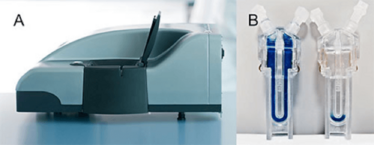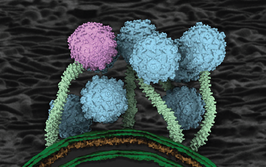Measurements of protein electrophoretic mobility using DLS

contributed by Malvern Panalytical |
Introduction
Zetasizer Nano is the market leader in dynamic and electrophoretic light scattering technology for measurements of hydrodynamic size and electrophoretic mobility. Dynamic Light Scattering (DLS) is a widely implemented technique for characterization of proteins and their formulations; allowing not only the determination of molecular size but also an assessment of stability. In recent years, the stability of proteins in solution has attracted significant scientific and commercial interest, due to the exponential growth in the use of proteins as biotherapeutic drugs. Since knowledge of formulation stability and behaviour are paramount for delivery of a safe and commercially viable product, the demand for tools that can characterize these formulation properties has increased. Protein mobility - measured using electrophoretic light scattering (ELS) - is one property that has been identified as a promising indicator of formulation stability, viscosity and behaviour [1].
Experimentally, protein mobility measurements present two practical challenges. (i) Working with protein solutions often means working with dilute concentrations. In DLS terms, this means working with a small amount of small-sized molecules that scatter proportionately low levels of light. Until now, most light scattering based instruments available on the market lack the sensitivity required for such measurements. (ii) Acquiring protein mobility measurements requires the application of an electric field to the sample - a physical process that itself can cause damage to the protein by stimulating aggregation [2]. Consequently, the resultant mobility measurements reflect that of the aggregate molecules rather than the protein of interest. Accurate and high quality measurements of protein mobility have three key requirements:
- An instrument with sufficient sensitivity to measure both the low count rates and low electrophoretic mobilities associated with dilute protein solutions.
- A measurement technique that reduces the risk of aggregate generation.
- A smart auto-measurement procedure that both recognizes and minimizes aggregate generation.

Figure 1: A. The Zetasizer Nano ZSP. B. Disposable folded capillary cells used for the diffusion barrier method.
Log in or register to read this article in full and gain access to The Medicine Maker’s entire content archive. It’s FREE!



















